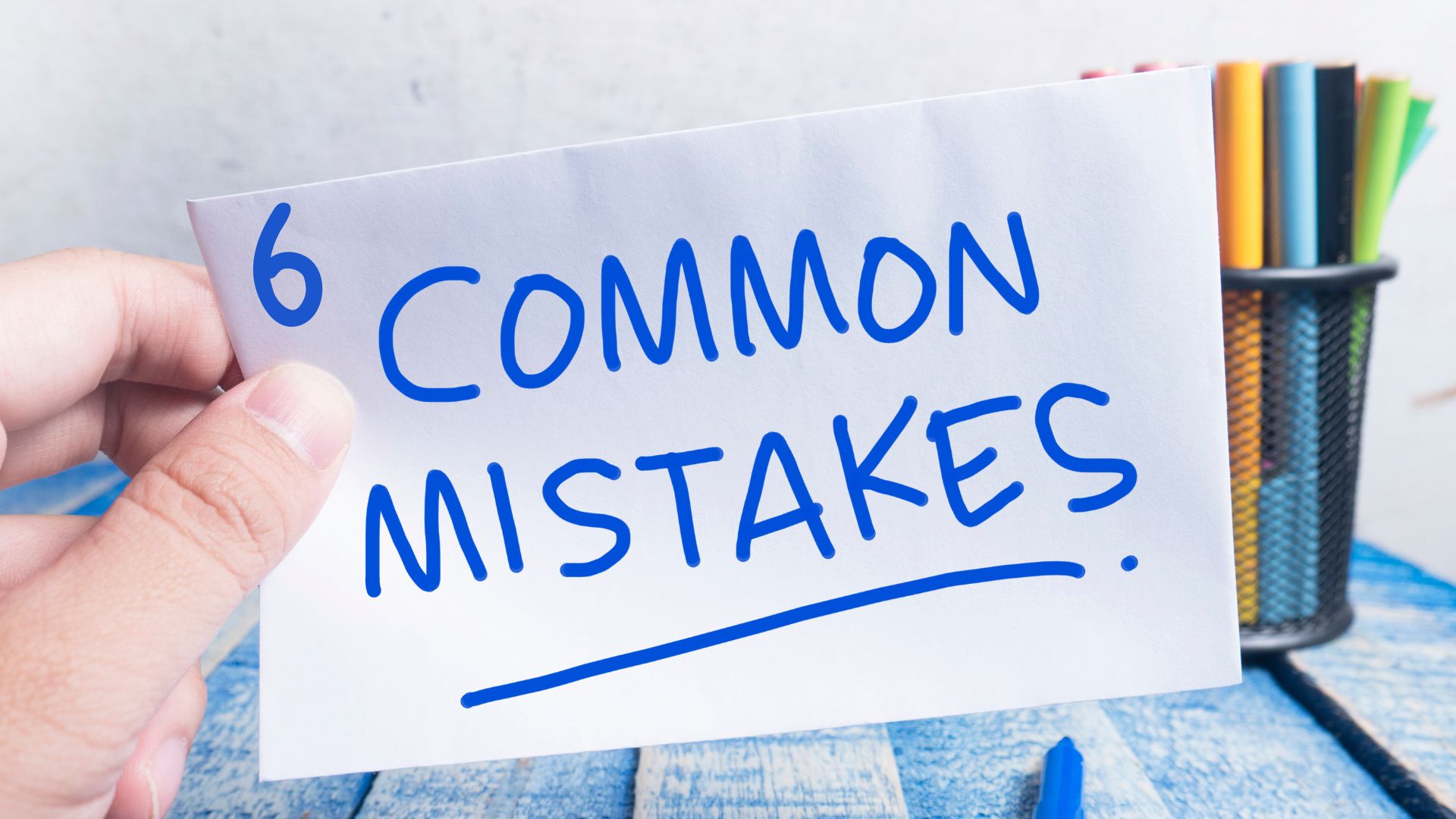Transitioning from print to digital program books can be a daunting task for performing arts organizations. While the shift to digital offers significant benefits—cost savings, better engagement opportunities, and real-time updates—it’s not without challenges. Many organizations fall into common pitfalls that can lead to a poor user experience or missed marketing opportunities.
In this blog, we’ll help arts marketers navigate this transition by outlining the most common mistakes and offering practical solutions for a seamless switch to digital program books, with a special focus on enhancing the audience experience.
The Benefits of Going Digital
Before diving into the common mistakes, let’s quickly recap why the shift to digital program books is so valuable for performing arts organizations:
- Cost Savings: By going digital, you can eliminate printing and distribution costs while still reaching your audience.
- Flexibility: Digital programs allow for real-time updates and edits, meaning any last-minute changes can be reflected instantly.
- Engagement Opportunities: Digital programs offer more than static content—they allow for real-time, personalized interactions. With integrated text messaging, you can engage your audience instantly with special offers, reminders, and exclusive content, all while enhancing the experience with clickable links, videos, and social media integration.
- Data Insights: Digital platforms provide valuable data on how audiences are interacting with your content, helping you make informed decisions for future events.
With all these advantages, it’s clear why many organizations are making the transition. However, without proper planning, the process can lead to some common mistakes.
Common Mistakes to Avoid When Transitioning to Digital Program Books
Mistake #1: Neglecting the User Experience
One of the most common mistakes is treating a digital program book like a simple PDF version of your print program. What works in print doesn’t always translate well on a mobile device, and failing to optimize for mobile can lead to a frustrating user experience.
Solution: Focus on mobile-first design. Make sure your digital program is responsive, easy to navigate, and looks great on all screen sizes. Use clean layouts, larger fonts, and interactive elements that work seamlessly across devices.
Mistake #2: Not Offering Interactive or Engaging Content
Another common pitfall is simply recreating a static print program in digital form without taking advantage of the interactive features that digital platforms offer. Audiences expect more from digital content, and a static PDF won’t capture their attention.
Solution: Use the power of digital! Include videos, artist interviews, clickable links to buy tickets for future events, and real-time updates. Enhance the audience experience by offering interactive content they can’t get in a traditional print program.
Mistake #3: Overloading the Program with Too Much Information
Because there are no physical page limits in digital programs, there’s a temptation to overload the program with text and visuals. But too much content can overwhelm the audience and detract from the main messaging.
Solution: Keep it concise and user-friendly. Prioritize the most important content and use hyperlinks to external sources for deeper information. Let the audience engage with the program at their own pace without feeling overwhelmed.
Mistake #4: Failing to Promote the Digital Program
One of the biggest challenges organizations face when transitioning to digital is making sure the audience knows how to access the digital program book. Simply launching the program isn’t enough—your audience needs to be informed and guided on how to use it.
Solution: Promote the digital program through multiple channels with frictionless delivery. Use email marketing, social media, in-event signage, and text messaging to provide direct access without requiring app downloads, which can be a barrier for one-time guests. QR codes are also a simple and effective way to guide patrons to the program instantly.
Mistake #5: Ignoring Audience Data and Feedback
Digital program books provide valuable data on how audiences interact with the content, but many organizations fail to track or analyze this information. Ignoring these insights means missing out on opportunities to improve future programs and events.
Solution: Utilize analytics tools to understand which sections of the program are most popular, where users are spending time, and how they’re interacting with the content. Choosing a digital program platform like Audience Access, with built-in analytics and an easy-to-use dashboard, will help you refine your programs and enhance the audience experience for future performances.
Mistake #6: Focusing Solely on Digital and Neglecting Print
While the digital format is the future, don’t forget that some segments of your audience may still prefer print. Completely eliminating print programs without understanding your audience’s preferences can alienate certain patrons, especially older or more traditional attendees.
Solution: Consider a hybrid approach, offering both print and digital program options. This allows you to cater to tech-savvy audiences while also accommodating those who prefer a printed version. Over time, you can gauge how your audience is responding and adjust accordingly.
Practical Tips for a Smooth Transition
Here are some tips to ensure your transition from print to digital is as smooth as possible:
- Start with a Pilot Program: Test the digital program with a smaller event or segment of your audience to gather feedback and address any issues before fully rolling it out.
- Make It Easy To Access: Ensure that your digital program is easily accessible by delivering it through channels your patrons already use, like text message and email. Avoid adding unnecessary friction, such as requiring app downloads, which can deter one-time guests. By making access simple and convenient, you enhance the overall experience and encourage more interaction with the program.
- Collaborate with Digital Experts: Partner with digital program providers, like Audience Access, to ensure you have the right tools and support. Their expertise can help optimize the transition and create a more seamless user experience.
- Integrate Marketing: Leverage your digital program’s text messaging capabilities to drive ticket sales and engagement. Send personalized texts with direct links to buy tickets, sign up for newsletters, or access exclusive offers. This creates seamless, timely marketing opportunities that boost conversions and keep your audience engaged.
Enhancing the Audience Experience with Digital Program Books
Digital programs allow you to elevate the audience experience in ways print never could:
- Personalization: Tailor content to your audience by using their preferences and behavior. Personalized programs make audiences feel more connected and valued.
- Exclusive Content: Offer behind-the-scenes videos, interviews, or other exclusive content that wouldn’t be possible in print, adding more value to your digital program.
- Real-Time Updates: If there’s a last-minute cast change or important announcement, the digital program can reflect these updates instantly—keeping your audience informed.
Conclusion
Shifting from print to digital program books can be a game-changer for performing arts organizations, offering new ways to engage audiences, reduce costs, and provide more dynamic content. However, it’s crucial to avoid the common mistakes that can hinder this transition. By focusing on user experience, promoting the program effectively, and leveraging data insights, you can make the switch to digital both seamless and successful.
Ready to make the transition to digital? Audience Access, the #1 digital program for the performing arts, offers the tools and support you need to ensure a smooth shift from print to digital, helping you avoid these common pitfalls. Our Managed Program Book Services will handle the transition for you, making it seamless and hassle-free. Contact us today to learn more!


